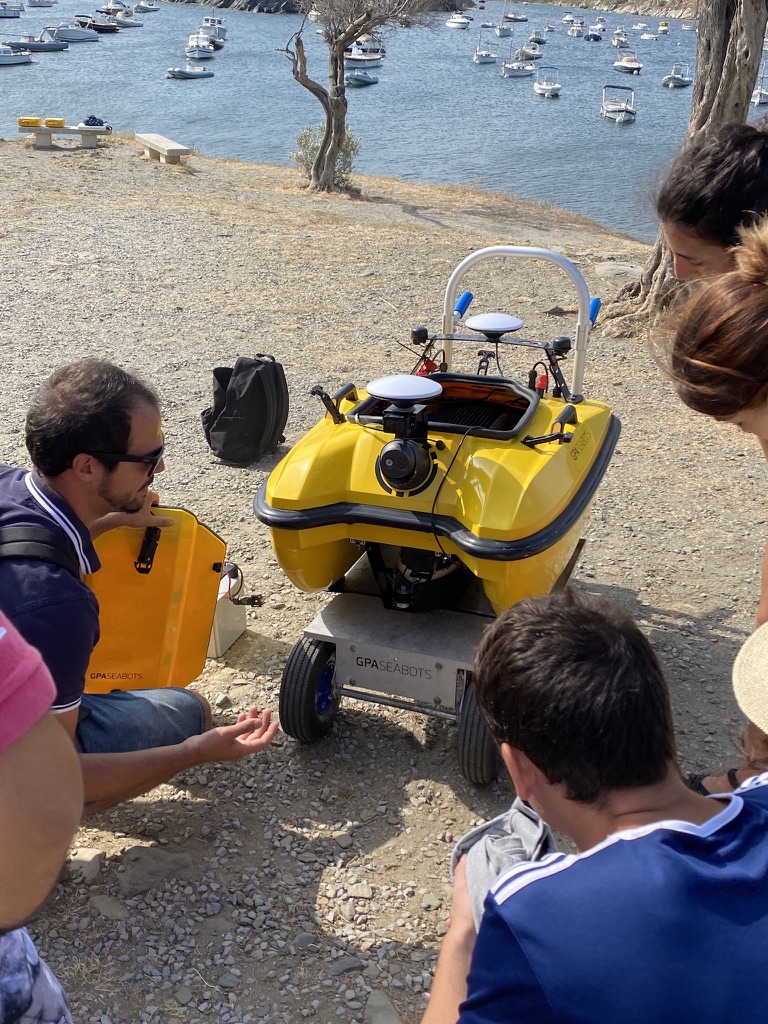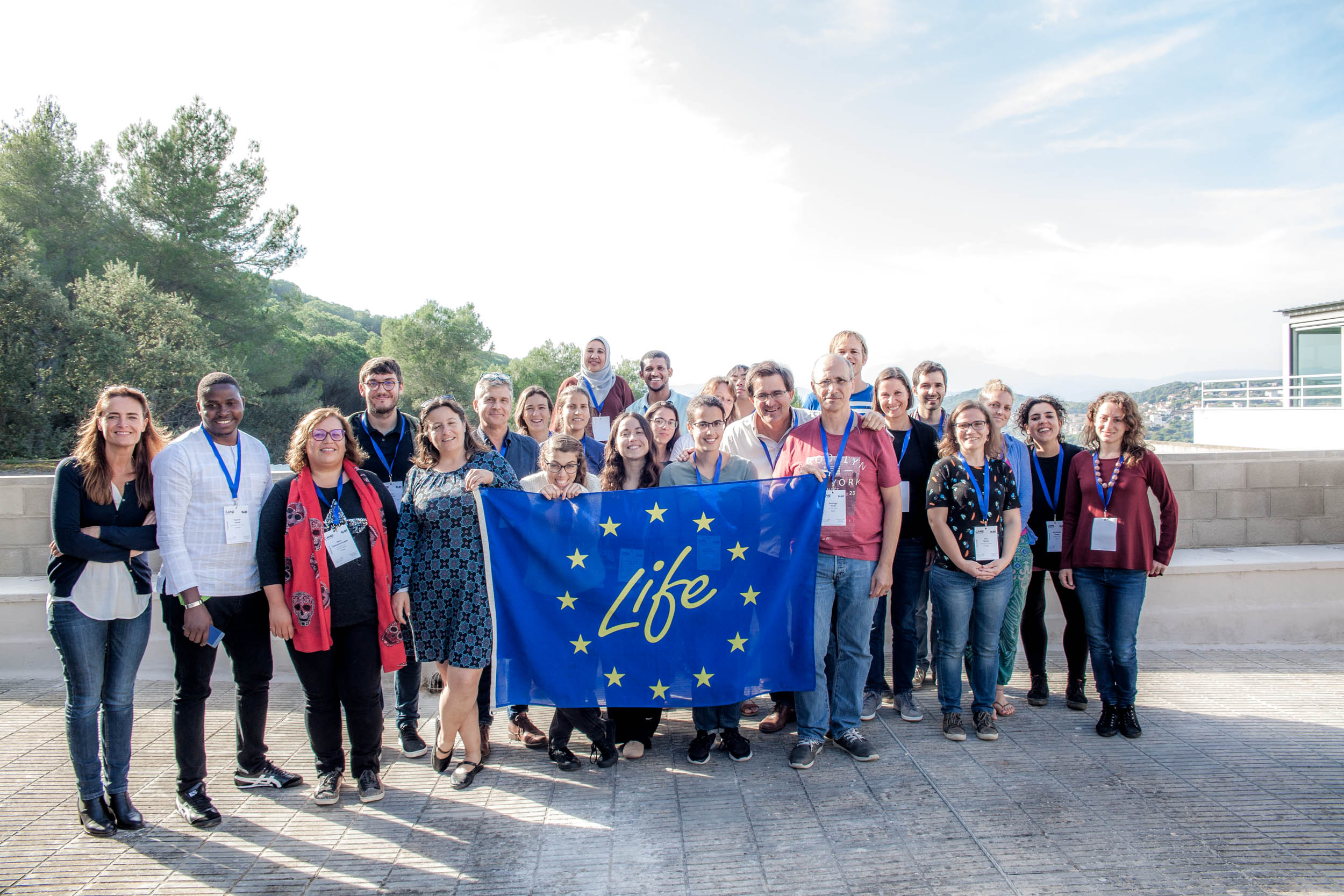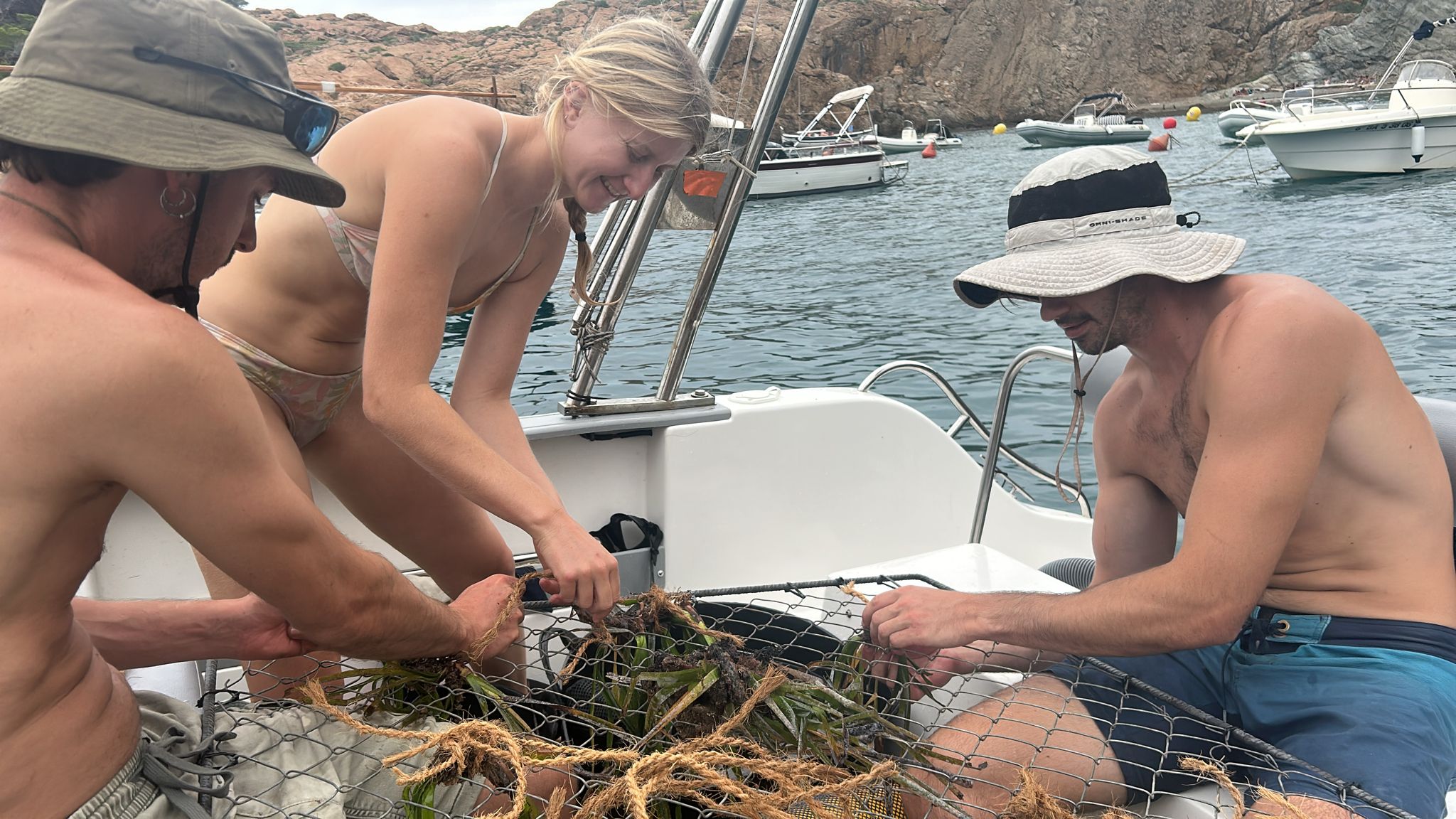Resumen
The EFFECTIVE main objective is to develop a comprehensive scientific knowledge base and practical guidance, combining science, technological nature-based solution, digitalization, and social implication for the application of the Ecosystem-Based management to the protection and restoration management of the EU’s Mediterranean Blue Natural Capital.
To ensure the success of this main objective, the EFFECTIVE project counts on partners with broad expertise in relevant areas covering all the three pillars of the EBMS (from applying research stages until companies) as follows: managerial pillar, information pillar, and participation pillar and also a nature-based solution. In addition, this project provides the implementation of the EBMS in four pilot areas (Mar de l’Empordà, Ebro Delta, Sardinia Septentrional, Cavo Greco) towards protection and restoration solutions, besides taking into account the connectivity between three of them through the existing Cetacean Migration Corridor.
To achieve the EFFECTIVE main objective, the following 5 specific objectives (SO) are identified:
SO 1. Apply EBMS to identify, analyze and extend an ecological corridor in the Mediterranean Sea, connecting habitats and biodiversity.
SO 2. Apply EBMS to analyse and extend the status of [4] MPA in the Mediterranean Sea.
SO 3. Demonstrate [4] nature-based seabed protection and restoration solutions, including preserving seabed carbon sequestration capacity, in a real environment.
SO 4. To identify limiting factors, gaps and recommendations of existing MPA legislation regarding environmental and anthropogenic pressures, setting up links with previous projects.
SO 5. To implement an innovative digital data visualization and aggregation tool in the form of a Digital Twin for enabling data exploration, research, participation and citizen science.
GAME participation:
Blue Carbon stock mapping – CSIC and GPA will integrate appropriate instrumentation (Multibeam Echosounders, Sub-bottom Profiling systems, underwater cameras and GPS) and the knowledge acquired during the past years, to: i) generate artificial intelligence models that allow to discriminate between rock, sand and Posidonia, and generate 2D geopositioned maps; ii) quantify the blue carbon stock stored in P. oceanica plant and in the sediments from sub-bottom profiles that provide 3D allowing to see the layer of sediment that houses the dried carbon. These procedures will be done in Portlligat and Delta del Ebro.
Notícias relacionadas
Hands-on course “Sizing the Blue Carbon”: success beyond expectations!
4 de November de 2019
Publicaciones

Detalles
Referencia: 101112752 – GAP-101112752
Miembros y colaboradores del proyecto
Rafa Sardà Borroy
Pau Guasch (GPA SeaBots)
Miguel Ángel Mateo Mínguez
Òscar Serrano
Montserrat Soler
Mar Truc
Elliot Bates







